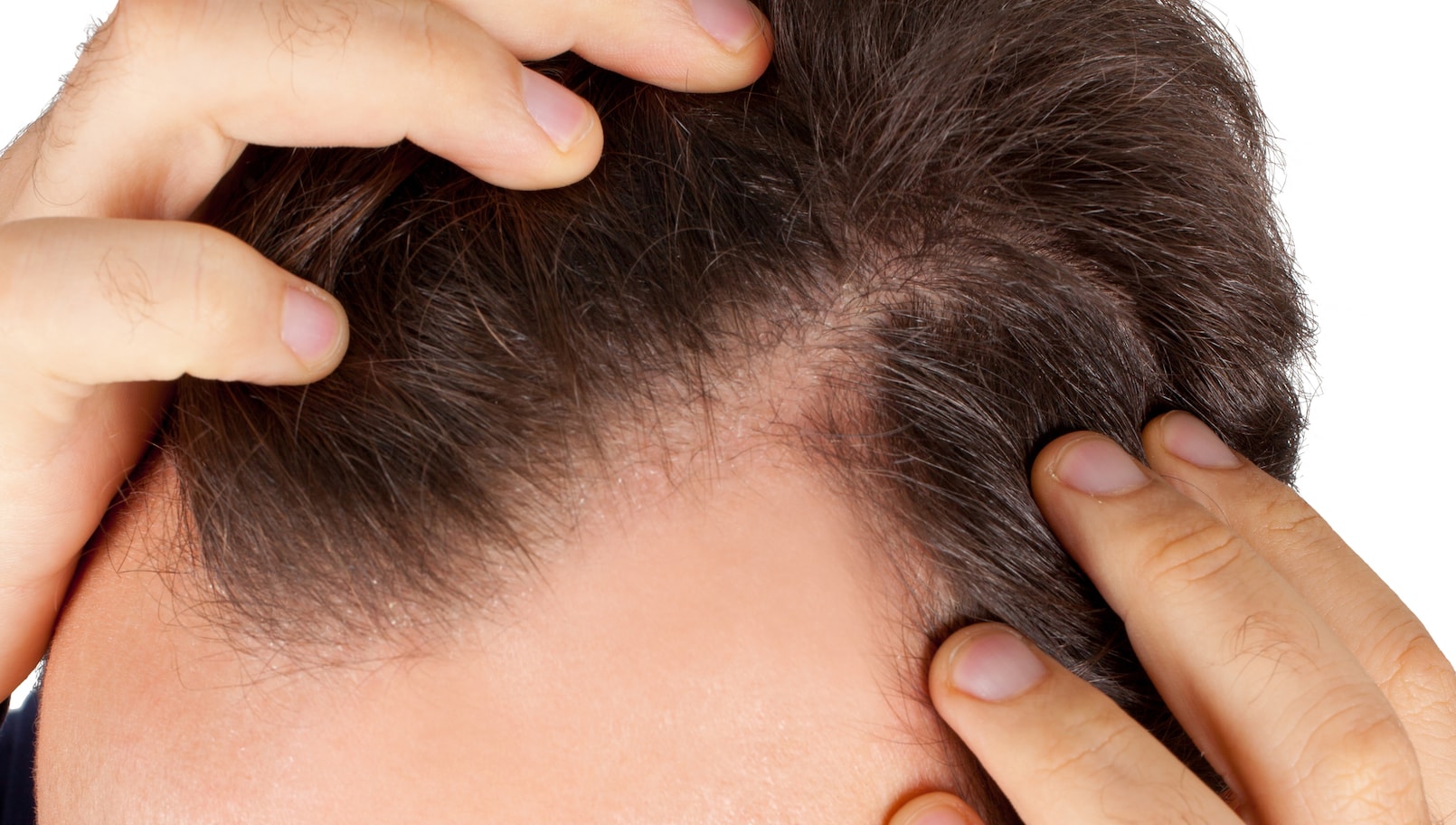
FUE is an acronym that stands for follicular unit extraction and is a popular way of performing hair restoration. For example, an older man with hair loss typically has a ring of hair around the back and sides of his head. The hair in the loss area has gone away due to a hormonal condition. The hairs that have gone away are sensitive to hormones that cause balding while the hairs on the back and side of the head are not sensitive to those same hormones. As a result, the surgeon takes the hair from the back and side of the head and places them in the balding area on the head. The hair will grow as if they’re on the back and sides of the head.
Hair restoration started in the 1970’s when 4-millimeter punches of tissue were taken from the donor area (back of the scalp). The hair put on the recipient area looked like a plug. The linear method came into fashion around the 80’s and is still being used today. The procedure takes a linear strip of scalp from the back and side of the head to get the permanent hairs and leaves a linear scar in the donor area.
In 2004, an entire hair restoration was conducted using manual FUE. The FUE procedure allows the removal of hair without using a scalpel or stitches, which leaves no linear scarring. This allows patients to cut their hair as short as they like. The procedure is done by extracting one follicle at a time, trimming them and then making a tiny incision. Each follicle gets its own incision.
In the short term, the hair in the donor area has to be trimmed down to 1-2-millimeters long. Usually within a week to 10 days, the hair in the donor area has grown enough to hide the tiny wounds made with the FUE procedure. In the long run, the major advantage is that there is no linear scar so you can cut your hair as short as you like.
NeoGraft is a hand held instrument that is essentially a rotating drill with suction attached. A technician uses it to line up the hair and the angle of the hair. The term “automated” is used because it sucks the follicles through an elastic tube.
A truly automated procedure is Artas (Artas Robotic System). It has a robotic arm with 2 cameras that relay information to the surgical operator monitor. The doctor sets parameters of harvest attempts, angles and other details, then guides the robot as it dissects the follicles from the donor area. The human estimation factor is taken out because the robot does the precision work as guided by the surgeon.
An ideal patient must have sufficient donor hair in the back and sides of the head. If there’s good donor hair in the back and sides of the head, that person is a FUE candidate.
The cost varies, depending on the device and amount of time used by the surgeon. When using a scalpel, a plastic surgeon can take out around 2,000 grafts in about 90-minutes. With any FUE method, it’s one graft at a time so it takes longer and increases the cost over a linear strip procedure.
With any FUE transplant, the limitations include the density, and amount of hair in the donor area. The side effects of manual FUE hair include a possible over harvesting of the donor area. With a hair transplant performed using the NeoGraft device, a side effect can be little to no hair growth if the surgeon or technician is not very skilled and experienced with the device.
With the linear strip procedures, a patient might feel like they have a bruise. With FUE, normally there’s virtually no pain after the procedure. As it heals, it could feel like a mild sunburn. The tiny holes where the follicles were extracted from always form a tiny scar, which is not visible. Also, the hair around the extraction sites grows and covers up the areas where hairs were taken from within 7 to 10 days.
Due to the trimmed hair, some patients may not be able to return to work for the first 3 days after the transplant. The patients need 4 or 5 days off after the procedure to let the wounds heal and the scabs go away. It’s quicker compared to linear strip procedure.
A common misconception is that the presence of a device will guarantee good results. Hair restoration results depend on the experience of the surgeon and the surgery team.
It’s important to weigh all of the factors involved in a transplant before having a procedure. Once a patient determines their final goal for the procedure, it’s time to choose which procedure is best for their situation. A skilled doctor can be a big help in making the final decision on which procedure is best suited for the goals at hand.
The final look depends on the skill, experience, and artistic talents of the surgeon performing the surgery. Other factors include how the hair grafts are handled when they are outside the body, and when they are inserted. When outside the body, they need to be well taken care of in holding solutions and kept cool. If done correctly and inserted properly, the hair grows as if it were still sitting in the donor area on the back and sides of the head.
Manual FUE hair transplant offers reliable results and minimizes scalp scar visibility, making it perfect for anyone who wants to sport a short haircut. With the right surgeon, it is a foolproof method to restoring your hairline or a full set of hair and is only limited by the amount of donor hair you have available.
Written by Cosmetic Town Editorial Team- MA
Based on an exclusive interview by Dr. Ken Anderson of Anderson Hair Sciences Center in Atlanta, GA